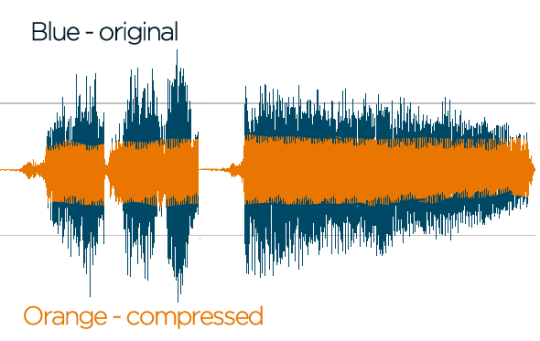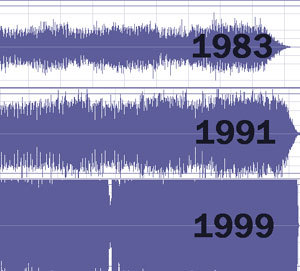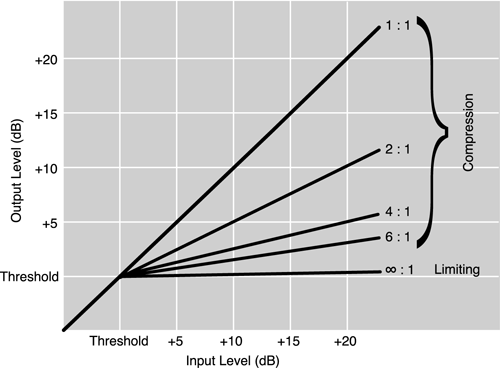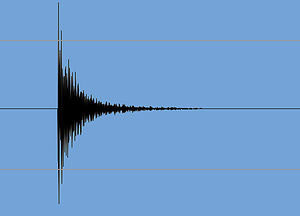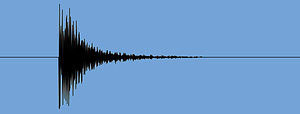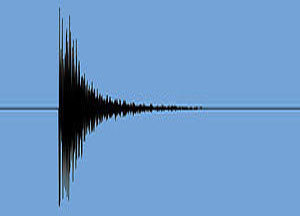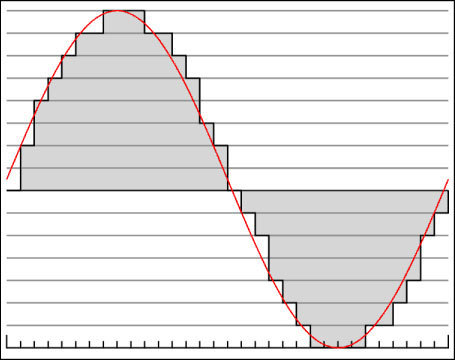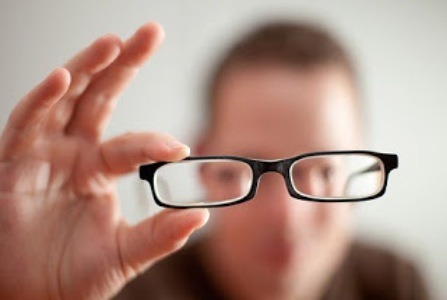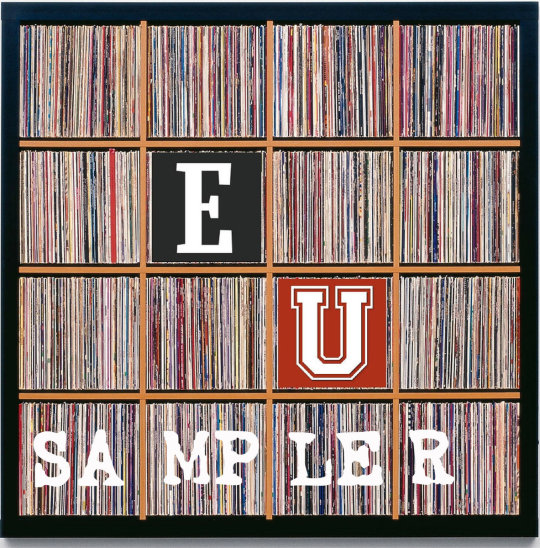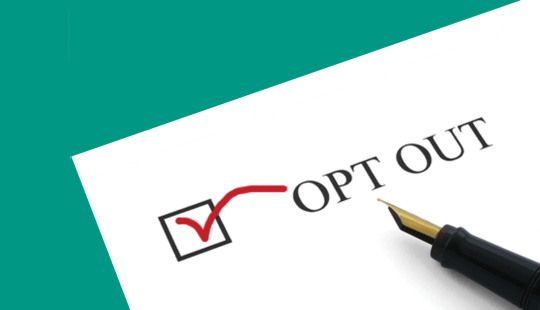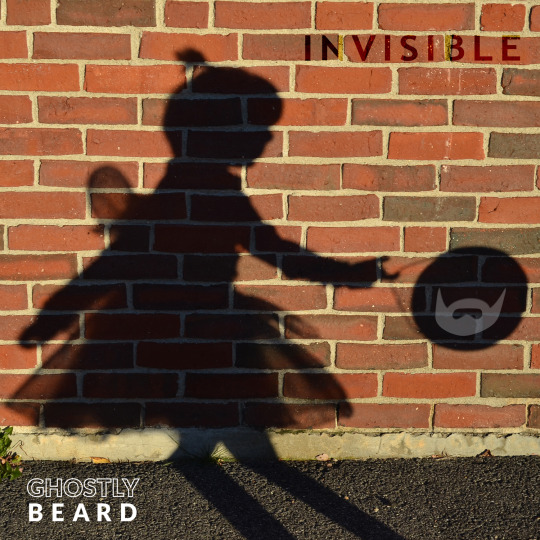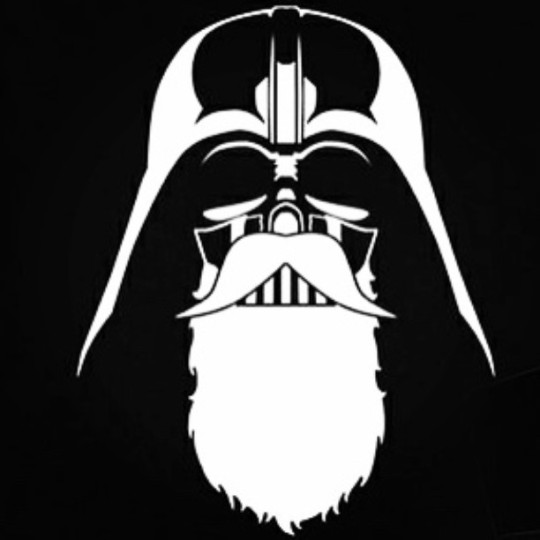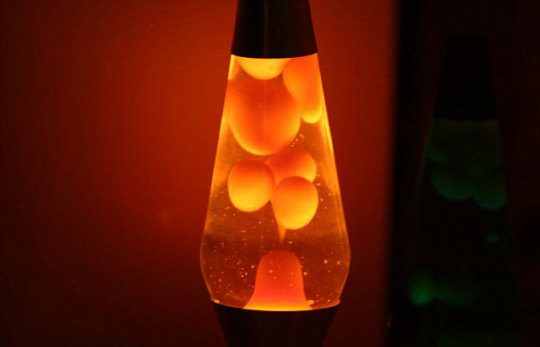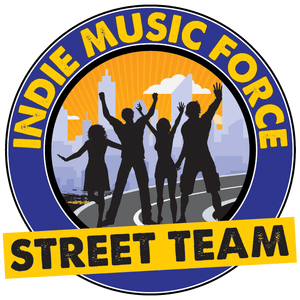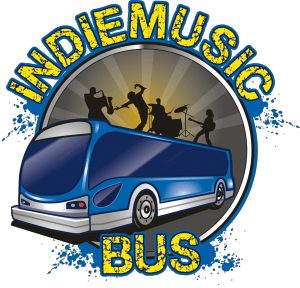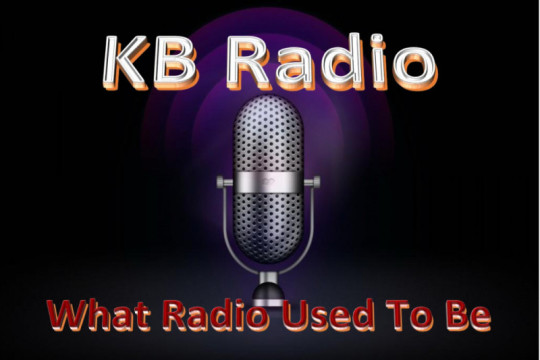
I just came upon a tweet from one of the guys at “Indie Music Bus”, a great team of people dedicated to help indie music with various promotions on their sites, couple with radio airplay, press and social media promotion, check them out here: https://indiemusicbus.com/ - or follow them on Twitter @indiemusicbus
The tweet was “ One of the telltale signs when an act is breaking into the big-time. Social media behavior changes quickly. “
And of course, it got me thinking (because I actually like to do that!)…
TBH I’m fairly new to Twitter, Facebook and all the social media circus, but from what I’ve been made to believe, you cannot escape it if you want to be heard one way or another. I wasn’t too sure about it at first but then I decided to embrace it. At least I’m having fun on Twitter and it can’t hurt, right?
Influencing the influencers?
The problem starts with the perception of many medias, radios and press and basically any influencer in the “music industry” who are now expecting artists to have thousands or even millions of followers before being deemed worth of their attention. Even regular people will tend to look at your followers numbers, or followers/following “ratio” in PR parlance to see if you are to be trusted, or even considered…
So you start thinking along the same line as well… After all, life is too short to waste it with something that no one cares about, right? There’s so much music around that you have to find a way to cut through all the clutter and get to the really good stuff, right? (Note that I’m speaking about music because that’s what I do and care about most, but it’s true of any art and artists). The problem with it is that once again the principle at work with big network is at play here: you get to like a song because everyone listens to it, because it’s been pushed by people with enough PR muscles to push it into the ears of millions of people. Push any song (with a minimal amount of melody and vocal) millions of times and people will end up liking it on a grand scale… (I’m not going to cite any popular songs, I don’t care much about that, and BTW I have nothing against the artists behind them, I’m pretty happy that anyone has success in this life).
Thousands, millions, what’s next?
So you start to think that the strength is in the number of followers, plays in Spotify, etc. And you are solicited by many shameless scam companies promising you millions of followers/plays… fake of course, but isn’t it impressive? Isn’t it going to impress the influencers of this world? Will they finally give you a chance?
Nah, I doubt that very much. And so should you, if you care about what you do.
The thing is that if you’re doing it for the sake of it and you are passionate about it, it doesn’t matter how many followers you have… It will not count in the end. You could have millions of fake followers/plays, but no real human who cares, what’s the point?
Isn’t the ultimate goal of music/any art to connect with people? To tell your story to people who are eager to listen to it? And hear about them, and share your stories.
So, let’s say you truly get to thousands/hundreds of thousands of ‘real’ followers? And this is where this tweet above made me think…
My journey into the twitterverse
A few weeks ago, I had about 20 followers, I didn’t even tweet TBH.
As of today I have almost 600, and I try to follow them all. So the other day, I tried to tell them all why I was following them and appreciating them. It took me 2 solid hours to go through about 250 accounts… And I had fun lately trying to connect to people, finding a way to shine a light on them as much as I wanted them to pay attention to what I do (it really goes both way, see?).
But 2 hours for about 250 accounts? What am I going to do next? How can I stay connected to so many people? I mean, I know that a good 50% are following me because 1/ I follow them or 2/ they want to sell me something, but still…
It means that I still have about 300 or more people that I’d like to keep in touch with… what happens if I get thousands of real people? There’s the challenge… How do I manage to still be available to them, see what they post, react to that? And yet I have a full time job, and a daughter who also need my time, and music to write/record/produce/mix/etc… how am I to fit all that in?
So my idea is that really, I’m not sure I would ever want millions of followers, because as much as it would flatter my ego, I’m not sure what it would do to my soul. I fear that I would lose any kind of human connection with any of them, and I’m really not sure I want that.
Ideally, I think a few thousands would be more than enough, if they are real people and if we share a common love for good music and care for similar things…
So, yeah, I'm just looking for human beings... Are you in or are you out?
